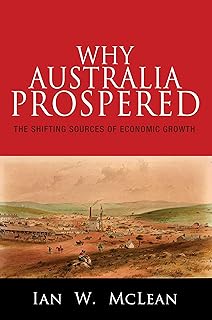The International Monetary Fund (IMF) recently upgraded Australia’s economic growth forecasts despite the ongoing uncertainties surrounding global trade policies, particularly those of the Trump administration. The IMF revised Australia’s projected GDP growth to 1.8% in 2025 and 2.2% in 2026, reflecting an optimistic outlook for the country’s economy.
Simultaneously, the global economy witnessed an increase in trade activity in the first half of the year as US companies rushed to import goods before President Trump’s August 1 trade deal deadline. Despite the looming threat of higher tariffs, the IMF noted that economies worldwide are displaying resilience in the face of such uncertainties.
Australia’s positive economic performance aligned with the IMF’s revised expectations for the global economy, which also saw an upward adjustment for the current and upcoming years. However, the IMF cautioned about a potential slowdown in global growth compared to previous years, highlighting persistent risks that could impact the economic outlook.
One of the primary factors influencing the economic forecast is President Trump’s trade tariffs, prompting US firms to expedite imports to avoid potential tariff increases. Several major economies, including the European Union, the United Kingdom, and Japan, have recently engaged in negotiations with the US to circumvent higher tariffs.
Under President Trump’s tariff regime, Australia appeared to have a relatively favorable position compared to other trading partners. However, the potential escalation of tariffs could alter this dynamic. The IMF report indicated a shift in the effective tariff rate, signaling a potential impact on trade relations between Australia and the US.
In the US, inflation has seen an uptick due to tariffs and a weakening dollar, further complicating the economic landscape. Notably, the IMF’s forecasts also reflected a positive growth outlook for China, Australia’s largest trading partner, with an anticipated growth rate of 4.8% in 2025, surpassing earlier projections.
Moreover, India, another significant emerging market, is expected to achieve a growth rate of 6.4% in the current year and the following year. These growth projections underscore the interconnectedness of the global economy and the potential implications of trade policies on various economies.
While uncertainties persist in the global economic landscape, the IMF’s revised forecasts offer a glimpse of optimism for Australia and other economies navigating the complexities of international trade dynamics. The evolving trade relationships and policy decisions will continue to shape economic trajectories, emphasizing the importance of adaptability and resilience in today’s interconnected world.
📰 Related Articles
- Gold Prices Soar Amid Global Economic Uncertainties
- Gold Demand Surges Amid Global Uncertainties and Economic Volatility
- Australia’s Music Industry Sees Growth Amid Global Market Shifts
- Zambia’s Copper Industry Surges Amid Global Demand Growth
- WHSmith Eyes Global Expansion Amid Revenue Growth Surge






